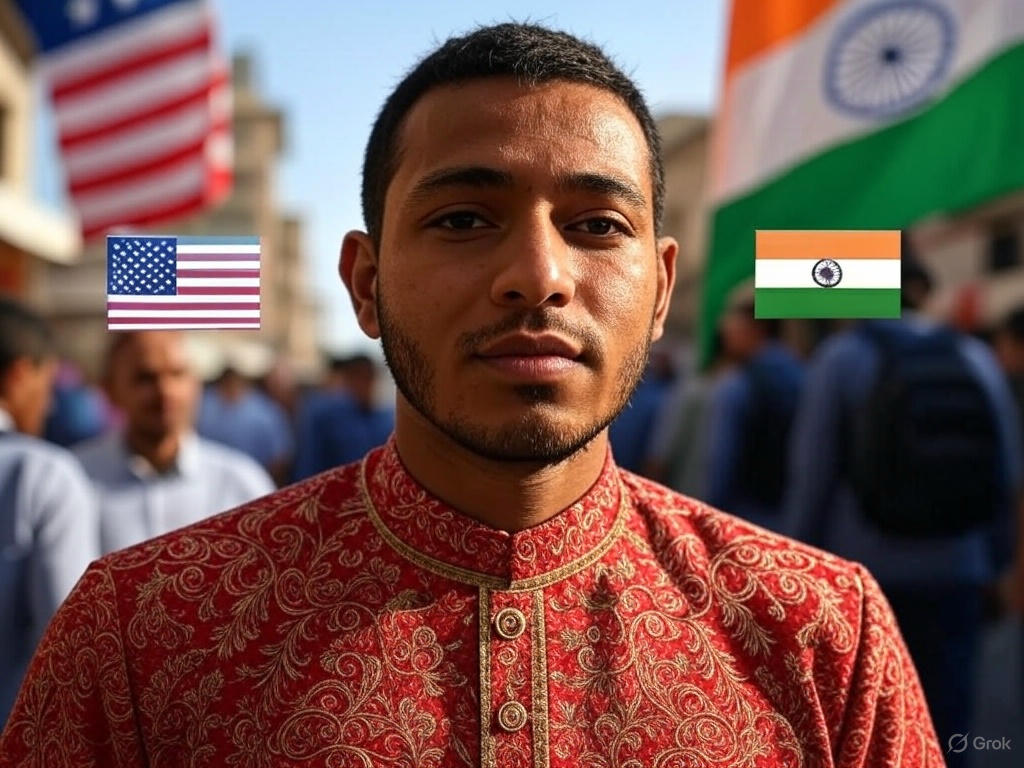
Sending money to India has become a necessary service for many individuals, whether it’s for supporting family members, making payments, or even investing in various ventures. While sending money is generally straightforward in urban areas with access to digital platforms and banking services, it becomes a bit more challenging in remote or rural locations. Limited access to banks, poor internet connectivity, and a lack of reliable financial services in some areas can complicate the process. However, there are still plenty of ways to send money to India, and this guide will help you explore secure, efficient, and cost-effective methods.
Understanding the Challenges of Sending Money to India from Remote Locations
For individuals in rural or remote areas, sending money to India can be tricky. The lack of banking infrastructure, inconsistent internet access, and fewer options for money transfer services all present obstacles that need to be addressed. These challenges include:
- Limited Access to Financial Institutions: Many remote locations don’t have branches of international or national banks where you can initiate a money transfer.
- Slow Internet Connections: Many online money transfer services require stable internet connections, which are often hard to come by in rural areas.
- Security Concerns: Sending money through informal channels or unregulated agents could expose you to fraud or other risks.
Despite these challenges, various methods remain accessible, and by knowing the right options, you can ensure a secure and successful transfer.
Best Ways to Send Money to India from Remote Locations
Here’s a breakdown of some of the best options available for sending money to India from remote or rural areas. Whether you’re in an isolated region or have limited access to modern financial tools, these methods can help you transfer funds easily.
1. Bank Transfers
Although a traditional method, sending money via bank transfers remains one of the most reliable and secure ways to send funds internationally. While rural locations may not have every bank available, many areas still have local branches or ATMs where money can be sent to India.
Advantages:
- High Security: Banks are regulated and provide secure services.
- Large Transfers: Banks are ideal for sending larger sums of money.
- Regulated Services: Since banks are regulated, you can be assured of the safety of your funds.
Challenges:
- Higher Fees: Banks typically charge higher fees for international transfers, especially for smaller amounts.
- Slower Processing Times: Bank transfers often take several days to complete.
Even if you’re in a rural location with limited branches, many banks offer online banking services that let you initiate international transfers from your phone or computer.
2. Cash Transfer Services
For those who may not have access to banks or online services, cash transfer services can be a good option. These services allow you to send money to India from a local agent or retail store in your area. The recipient can then collect the money in cash from a partner location in India.
Advantages:
- No Need for Bank Accounts: Cash transfers are ideal if you or your recipient do not have a bank account.
- Available in Remote Locations: Cash transfer services have agents across the world, including remote and rural areas.
- Immediate Availability: The recipient can often pick up the money quickly after it is sent.
Challenges:
- Higher Fees: Cash transfer services often charge high fees, particularly for smaller amounts.
- Limited Transfer Amounts: Some services limit the amount of money you can send at one time.
If you live in a rural area with access to retail locations or local agents offering cash transfer services, this could be a practical way to send money to India.
3. Postal Money Orders
If you’re located in an area without reliable access to the internet or banking institutions, postal services often provide an alternative. Postal money orders are a traditional way to send money, and they are accepted widely across India.
Advantages:
- Available in Rural Areas: Most postal services operate in both urban and rural areas, making them widely accessible.
- Security: Money orders are typically secure, as they are handled through official channels.
- Low Cost: The cost of sending a postal money order is usually lower compared to bank transfers.
Challenges:
- Slower Delivery: Postal money orders can take several days or even weeks to be processed and delivered.
- Inconvenience for the Recipient: The recipient may need to visit the post office to collect the money, which could be difficult for those living in remote areas.
Postal money orders remain a good option for smaller transfers, especially in rural regions where other services may not be available.
4. Overseas Cheques
While this method is becoming less popular due to digital advancements, sending an overseas cheque remains a secure option. You can send a cheque to your recipient, who can then deposit it in their Indian bank account.
Advantages:
- Reliability: Cheques are processed through regulated banking systems, offering security.
- Lower Risk: There is less risk of fraud compared to unregulated cash transfers.
Challenges:
- Slower Processing: It can take several weeks for a cheque to be delivered, cleared, and deposited.
- Limited Availability: Some rural areas may not have banks that accept overseas cheques, and not everyone is familiar with this method.
While this option may not be ideal for urgent transfers, it can be useful for non-urgent or large transactions when digital options are not viable.
5. Money Transfer Agencies
In some rural areas, third-party money transfer agencies operate that specialize in sending funds across borders. These agencies typically work similarly to traditional bank transfers but can sometimes offer more flexible terms and lower fees. However, it’s essential to ensure that the agency you choose is reputable and licensed.
Advantages:
- Flexibility: These agencies offer flexibility in payment methods, allowing you to choose between cash, bank deposits, or mobile transfers.
- Access to Remote Areas: Money transfer agencies operate even in more isolated locations where banks may not have a presence.
- Competitive Fees: These services may offer lower fees than traditional banks for sending smaller amounts.
Challenges:
- Risk of Fraud: Since the industry is not always regulated in every country, it’s crucial to choose a reputable agency.
- Availability: While agencies operate in many locations, rural areas may still have limited access to them.
Before using a money transfer agency, make sure it has a solid reputation and reliable service in your area.
How to Ensure Security When Sending Money to India from Remote Locations
No matter which method you choose for transferring money to India, ensuring security is paramount. Here are a few ways to protect your funds:
1. Choose Established and Regulated Services
Always use well-known and regulated services to ensure that your funds are handled securely. Whether you’re using a bank transfer or a money transfer agency, make sure they are licensed and recognized.
2. Avoid Informal Methods
Be cautious of informal methods that may not have the necessary security measures in place. Avoid sending money through unverified individuals or agents who may not have the proper infrastructure to secure your funds.
3. Use Strong Authentication Measures
For digital payments, enable two-factor authentication (2FA) wherever possible to add an extra layer of security to your account. This prevents unauthorized access to your account.
4. Track Your Transfers
Most methods of sending money, including bank transfers and money transfer agencies, offer tracking services. Always ensure you track your money transfer to avoid issues and confirm the successful delivery of funds.
Conclusion
Sending money to India from remote or rural locations can be challenging, but with the right knowledge, it can be a seamless process. Whether you’re using a traditional method like bank transfers or cash transfer services, or opting for newer solutions like money transfer agencies, there are options that fit every situation.
Remember to always ensure that the service you choose is reputable, secure, and efficient. By considering factors such as fees, speed, and security, you can make the right decision for your financial needs. No matter where you’re located, there is always a way to send money to India securely and conveniently.







